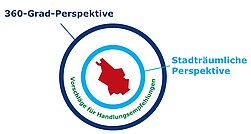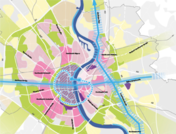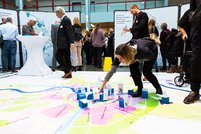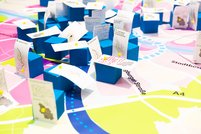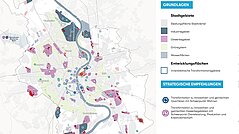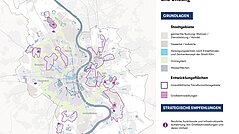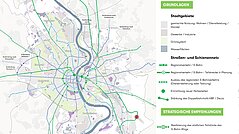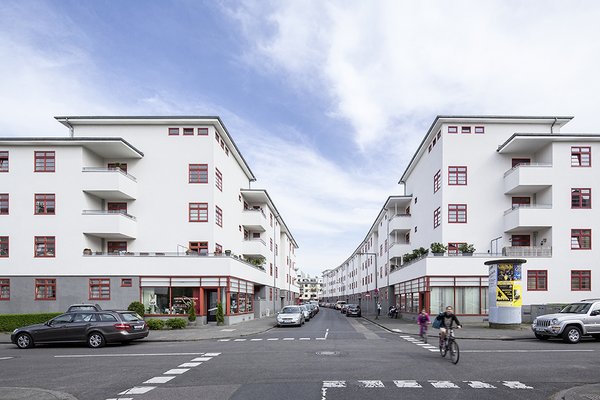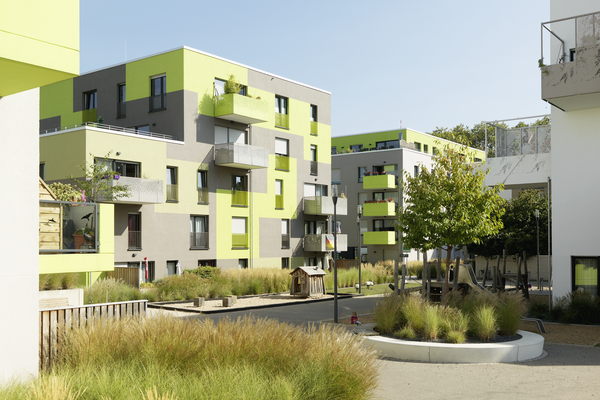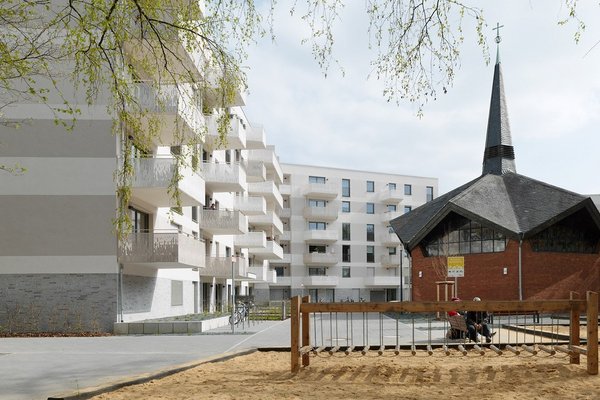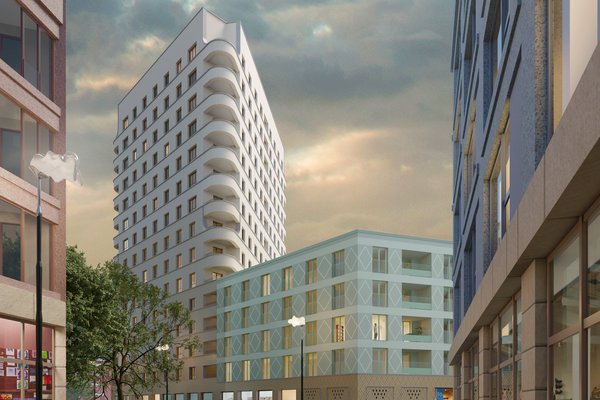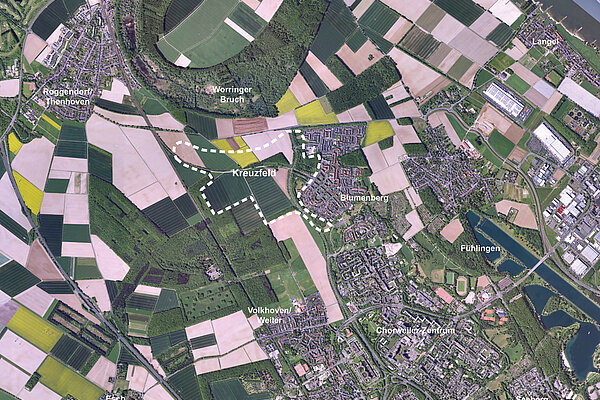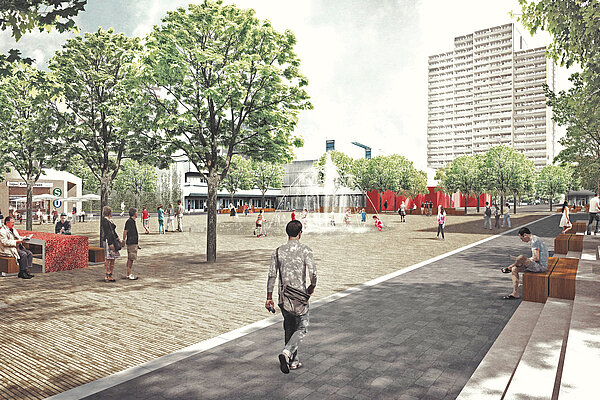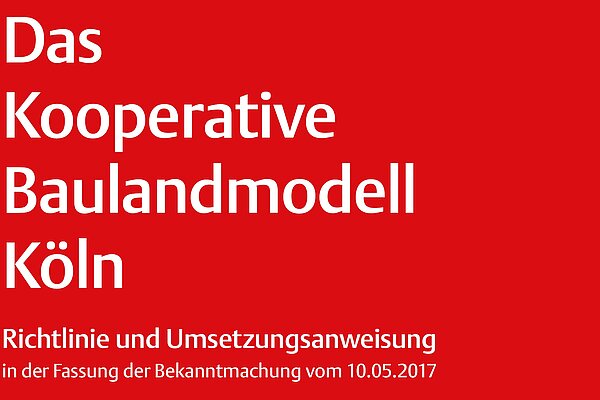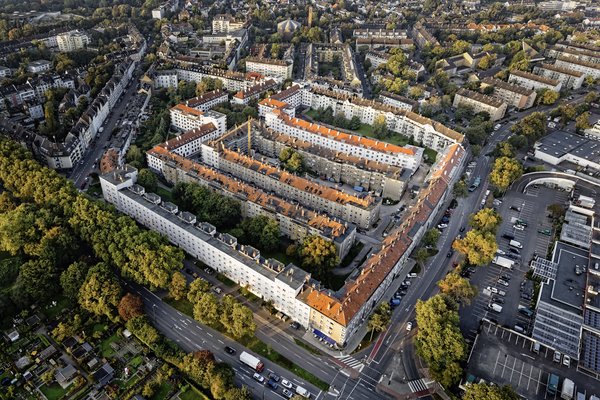Cologne
"How do we want to live in Cologne in 2030?"
With 1.1 million inhabitants, Cologne is Germany's fourth-largest city and looks back on a city history that is almost 2000 years old. As a popular and well-connected metropolis on the Rhine, Cologne has been experiencing dynamic population growth for years and, like many other major cities, is facing major challenges: affordable housing must be created and urgent climate protection and adaptation measures must be implemented.
Under the question "How do we want to live in Cologne in 2030?", Cologne is facing up to the challenges ahead and has developed a compass and a central basis for future-oriented, strategic and sustainable urban development in Cologne in the form of the urban strategy "Cologne Perspectives 2030+".
As a partner city of the IBA Vienna, Cologne provides insights into its own urban strategy and other important instruments of urban development, the most significant development areas, sustainable neighborhood developments and exemplary redevelopment measures.
read moreWith its urban strategy "Cologne Perspectives 2030+", Cologne has developed a compass for future-oriented, strategic and sustainable urban development. It highlights the issues Cologne will have to deal with in the coming decades and where the players from politics, administration and urban society will have to join forces. All this with the aim of strengthening, developing and actively shaping Cologne as a liveable city in the long term.
In three future forums and various participation processes, the contents were publicly discussed and the contributions of interested Cologne citizens were included in the discourse on the city strategy.
The urban strategy sets two focal points for consideration, the combination of which provides a holistic basis for Cologne's urban development in the coming years:
While the 360-degree perspective addresses all fields of action of Cologne's urban development, the urban-spatial perspective deals with the spatial future of Cologne. The combination of both perspectives enables a comprehensive view of the fields of action and interrelationships of Cologne's urban development. The "Cologne Perspectives 2030+" are thus intended to form the basis for the actions of administration, politics and urban society and are currently in the political decision-making process.
The central element of the 360-degree perspective is the target framework. It consists of five guiding principles, which are substantiated by a total of 27 goals.
At the interface of the target framework and the statements of the urban spatial perspective are the ten proposals for recommendations for action. They define the most important task areas for the future urban development of Cologne and show how the formulated goals are to be achieved. The recommendations for action are implemented through key projects.
The "Cologne Perspectives 2030+" is a strategic concept that combines strategy and implementation in an action-oriented manner. It is designed as a learning process that can take up new developments and define further formats to involve the necessary stakeholders. This makes it an important step for Cologne toward a sustainable future.


